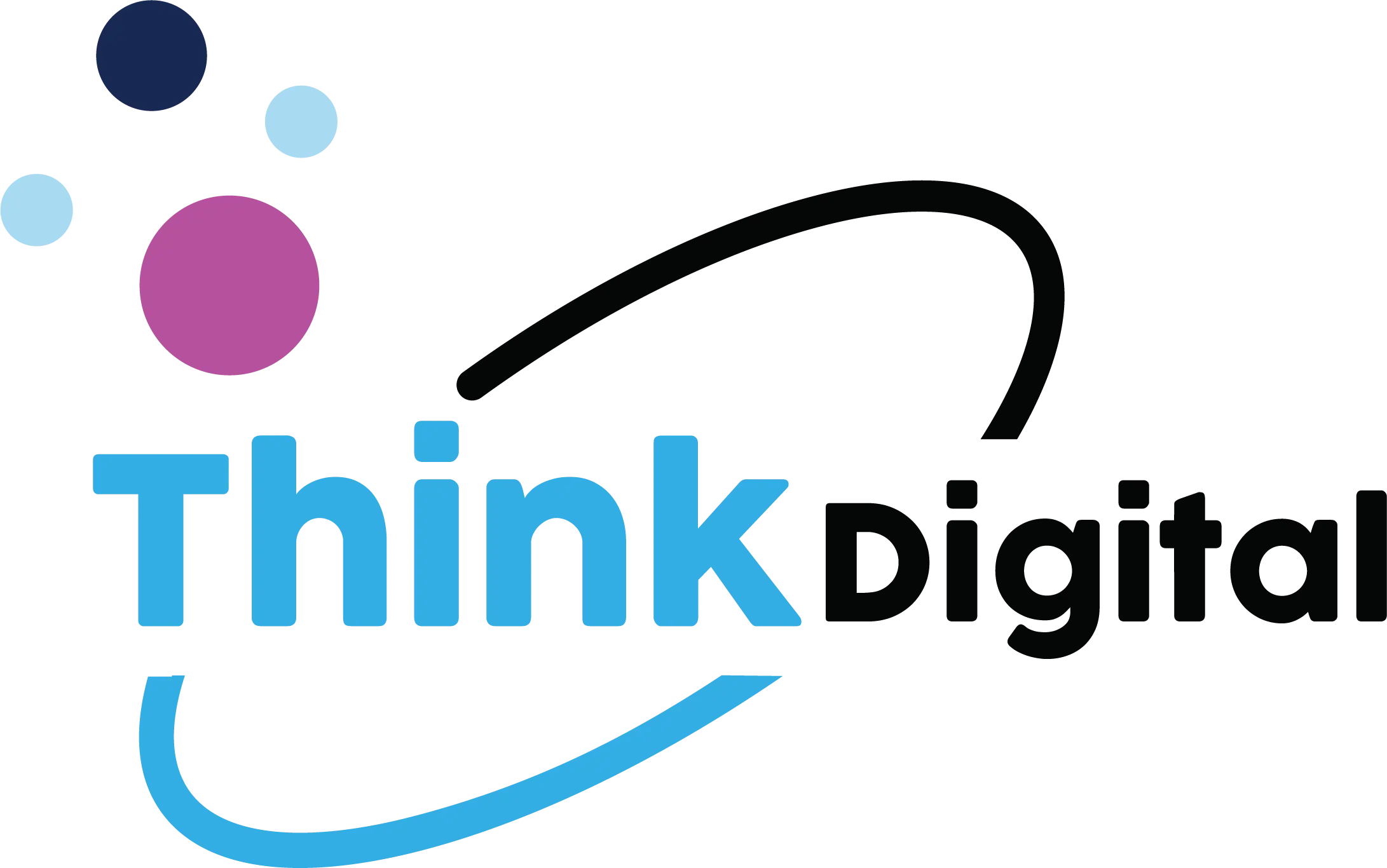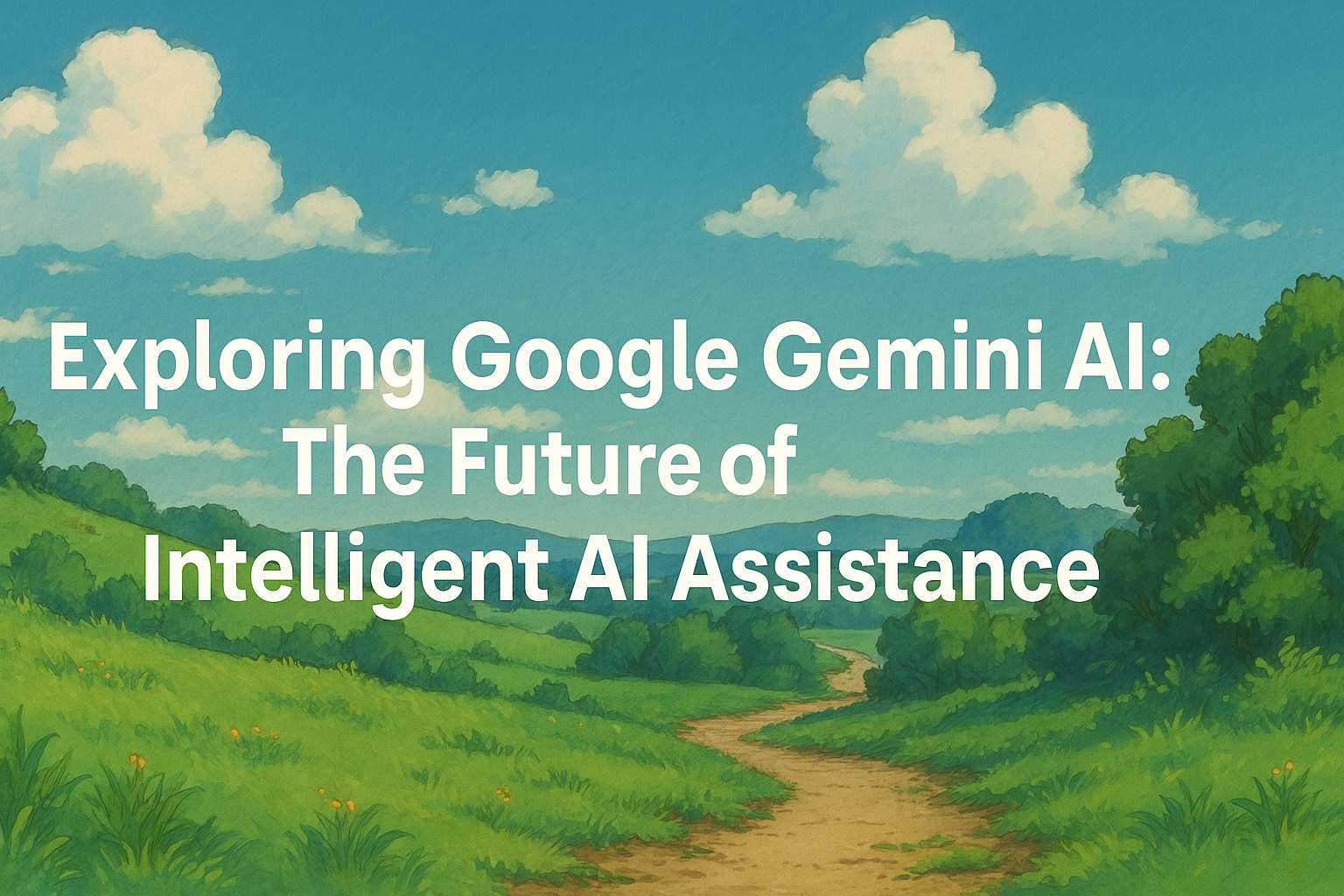In today's digital landscape, the importance of user experience (UX) and user interface (UI) design cannot be overstated. As we navigate through a world increasingly reliant on web applications, the interplay between UX/UI design and web development is becoming more pivotal than ever. This blog delves into how UX/UI design is influencing the future of web development and why it should be a priority for every developer and business.
The Shift Towards User-Centric Design:
Over the past few years, the paradigm of web development has shifted from a purely functional focus to a more user-centric approach. Modern users demand seamless, intuitive interactions when navigating the web. This shift has necessitated a stronger collaboration between designers and developers, ensuring that the end-user's needs are at the forefront of the development process.
Incorporating principles of UX design helps ensure that websites are not only visually appealing but also functional and easy to navigate. The rise of mobile usability emphasizes this further, as responsive design becomes essential to meet user expectations on various devices.
Creating Meaningful Interactions:
One of the primary goals of UX/UI design is to create meaningful interactions that resonate with users. This means understanding user behaviors, preferences, and challenges. By leveraging data analytics and user feedback, designers can craft interfaces that provide value and enhance the overall user journey.
An effective UI design complements a solid UX strategy. The combination of aesthetically pleasing design with intuitive functionality can significantly improve engagement rates and user satisfaction. Visitors are more likely to return to a site that understands and meets their needs, which is crucial in a competitive digital environment.
Integration of Emerging Technologies:
As technology evolves, so do the possibilities within web development. The integration of artificial intelligence (AI), augmented reality (AR), and voice user interfaces (VUIs) has begun to redefine how users interact with websites. UX/UI design plays a critical role in ensuring that these technologies enhance rather than complicate the user experience.
For instance, AI-powered chatbots can significantly improve customer service by providing instant responses to user inquiries. However, the success of these tools hinges on thoughtful design that prioritizes user understanding and comfort. Creating an interface that allows users to engage seamlessly with these technologies is essential to maintaining a positive user experience.
Importance of Accessibility:
Inclusivity in web design is gaining momentum. UX/UI designers are now more aware of the need to create accessible web applications that cater to users with diverse needs, including those with disabilities. Proper accessibility practices not only comply with legal requirements but also widen the user base and enhance brand reputation.
Incorporating features like keyboard navigability, screen reader compatibility, and alternative text for images is crucial in building inclusive websites. By prioritizing accessibility, developers reflect a commitment to all users, aligning with modern values of equity and inclusivity.
The Role of Collaborative Tools:
The collaboration between UX/UI designers and web developers is facilitated by various design and prototyping tools. Platforms like Figma, Adobe XD, and Sketch allow for real-time collaboration, making it easier to share ideas, incorporate feedback, and iterate quickly. This synergy is essential for creating a unified product that meets both aesthetic and functional requirements.
By fostering an environment of collaboration, teams can innovate and refine their approaches, ensuring that user needs are always the focal point of the development process. The ability to quickly prototype and test ideas shapes a more responsive design cycle, allowing for continual improvements.
Looking Ahead: The Future of Web Development
As we gaze into the future, the relationship between UX/UI design and web development will only grow stronger. With the expanding digital landscape, businesses must prioritize user experience to stay relevant. The trends we see today — from mobile-first design to accessibility considerations — will undoubtedly shape the web development practices of tomorrow.
Conclusion:
UX/UI design is not merely a component of web development; it is the foundation upon which modern web experiences are built. As developers and designers work together to create user-centric solutions, we will see an evolution in how users interact with technology, resulting in more engaging, efficient, and satisfying web experiences. Embracing these practices today will not only enhance user satisfaction but also solidify brand loyalty in an increasingly digital future..






Leave a comment on the Blog